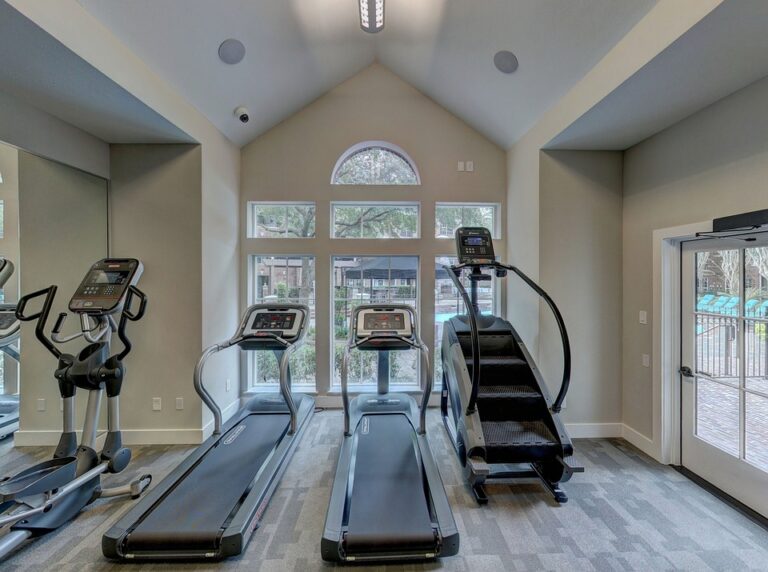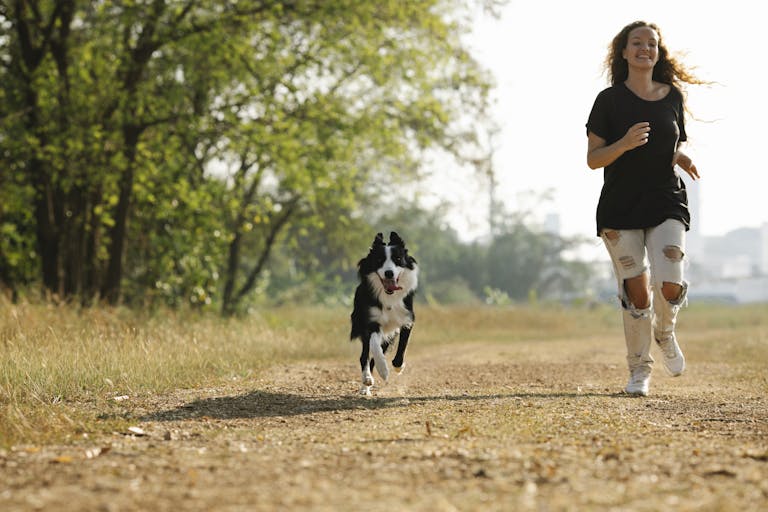Top 5 Best Cameras for Vlogging in 2025: A Comprehensive Comparison
Vlogging has evolved from a casual hobby to a professional art form, demanding equipment that balances portability, performance, and versatility. As of 2025, the market for vlogging cameras is more competitive than ever, with brands like Sony, Canon, Panasonic, and DJI pushing the boundaries of technology. Whether you’re a beginner or a seasoned creator, choosing the right camera can elevate your content’s quality and efficiency. Below, we break down the top 5 vlogging cameras for 2025, highlighting their features, strengths, and ideal use cases.
1. Sony ZV-E10 II: The Ultimate Vlogging Workhorse
Key Features:
- Sensor: 24.2MP APS-C
- Video: 4K at 60fps, 1080p at 120fps
- Autofocus: Real-time tracking with AI-powered subject recognition
- Design: Lightweight, 180-degree flip screen for self-viewing
- Audio: Built-in 3.5mm microphone jack, improved directional mics
- Battery Life: Up to 400 shots per charge (with optimized power settings)
Why It’s Great for Vlogging:
The Sony ZV-E10 II is a direct upgrade to its predecessor, tailored specifically for vloggers. Its compact design and intuitive controls make it perfect for on-the-go creators, while the enhanced autofocus ensures sharp focus on moving subjects. The 4K/60fps capability provides silky smooth footage, and the flip screen simplifies self-recording. For those prioritizing portability and ease of use, this is a top pick.
Pros: Affordable for a mirrorless camera, excellent low-light performance, user-friendly interface.
Cons: Limited to APS-C sensor, no in-body stabilization (but uses Sony’s advanced E-mount stabilization).
Price: ~$700 (body only)
2. Canon EOS R10: Balanced Performance for Content Creators
Key Features:
- Sensor: 24.2MP APS-C
- Video: 4K at 30fps, 1080p at 120fps
- Autofocus: 1053-point Dual Pixel CMOS AF, fast eye-tracking
- Design: Tilting touchscreen, ergonomic grip, lightweight
- Audio: 3.5mm mic input, advanced Canon Log for dynamic range
- Battery Life: ~350 shots per charge
Why It’s Great for Vlogging:
The Canon EOS R10 combines the reliability of Canon’s image quality with robust video features. Its 4K/30fps video is suitable for most vlogging needs, and the Dual Pixel autofocus ensures sharp, consistent focus during dynamic shots. The vari-angle touchscreen is ideal for self-recording, while Canon Log provides flexibility for color grading. It’s a solid choice for vloggers who need a reliable, all-around camera.
Pros: Excellent color science, strong low-light performance, versatile lens ecosystem.
Cons: Slightly heavier than the ZV-E10, no 4K/60fps without cropping.
Price: ~$800 (body only)
3. Panasonic Lumix S5 II: Full-Frame Power for Professional Vloggers
Key Features:
- Sensor: 24.2MP full-frame
- Video: 4K at 60fps (powered by 4:2:2 10-bit internal recording)
- Autofocus: 425-phase detection AF points, subject tracking
- Design: Full-frame mirrorless, dual card slots, professional-grade build
- Audio: XLR input with optional adapter, high-quality internal mics
- Battery Life: ~300 shots per charge
Why It’s Great for Vlogging:
The Panasonic S5 II stands out for its full-frame sensor, offering cinematic depth and superior low-light performance. Its 4K/60fps recording with 10-bit color depth is a boon for editors. While heavier than the previous models, it’s still manageable for vloggers who prioritize image quality over ultra-portability. The XLR input is a plus for those using external mics.
Pros: Superior image quality, 4K/60fps, ideal for hybrid content creation (still and video).
Cons: Expensive, less portable than APS-C models.
Price: ~$1,500 (body only)
4. DJI Action 5 Pro: Action Camera for Dynamic Vlogs
Key Features:
- Sensor: 48MP 1/1.7-inch sensor
- Video: 4K at 60fps, 1080p at 240fps, 8K at 30fps (optional)
- Autofocus: AI-enhanced tracking, motion photo mode
- Design: Compact, waterproof (up to 10 meters), 3-inch OLED touchscreen
- Audio: Improved directional mics, dual microphones for stereo sound
- Battery Life: 105 minutes at 4K/60fps
Why It’s Great for Vlogging:
DJI’s Action 5 Pro redefines action vlogging with its compact, rugged design and advanced stabilization. Its built-in gimbal (via DJI’s 3-axis stabilization) ensures smooth footage, even during intense movement. The dual battery system and Wi-Fi connectivity for live streaming make it a favorite for adventure vloggers. While not as flexible for static shots as mirrorless cameras, it’s unbeatable for dynamic, action-packed content.
Pros: Exceptional stabilization, waterproof, lightweight, great for travel and outdoor vlogs.
Cons: Smaller sensor limits low-light performance, 8K requires external recording.
Price: ~$650
5. Nikon Z50: Sleek Design for Compact Vloggers
Key Features:
- Sensor: 20.9MP APS-C
- Video: 4K at 30fps, 1080p at 120fps
- Autofocus: 209-point hybrid AF, fast subject tracking
- Design: Slim body, 180-degree flip screen, tilting LCD
- Audio: 3.5mm mic jack, decent internal mics
- Battery Life: ~300 shots per charge
Why It’s Great for Vlogging:
The Nikon Z50 is a featherweight option for vloggers who want simplicity and elegance. Its flip screen and fast autofocus make it easy to capture spontaneous moments. While not as feature-rich as Sony or Canon, its clean design and excellent tonal gradation are appealing for creators who prioritize style over technical specs.
Pros: Stylish, lightweight, good for casual vloggers.
Cons: Limited video features, no 4K/60fps, fewer lens options.
Price: ~$850 (body only)
Key Features to Consider for Vlogging in 2025
- Portability: Lighter cameras (like the ZV-E10 II or Action 5 Pro) are ideal for travel or daily vlogs.
- Video Quality: Opt for 4K/60fps and 10-bit color depth for professional-grade footage.
- Image Stabilization: In-body or in-lens stabilization is crucial for handheld shots.
- Audio: Superior mics or external mic options ensure clear, crisp sound.
- Battery Life: Longer battery life or removable batteries (like the S5 II) reduce downtime.
- Connectivity: Built-in Wi-Fi, USB-C, and HDMI for live streaming or direct uploads.
- Autofocus: Real-time tracking and eye AF prevent blurry shots during dynamic scenes.
- Screen: A tilting/flip screen is essential for self-recording and framing.
Buyer’s Guide: Choosing the Right Camera
- Beginners/Entry-Level: Sony ZV-E10 II or Nikon Z50 for affordability and ease of use.
- Pro Vloggers: Panasonic S5 II for full-frame quality and advanced video features.
- Action/Travel Vloggers: DJI Action 5 Pro for ruggedness and built-in stabilization.
- Hybrid Creators: Canon EOS R10 for stills and video balance.
Conclusion
By 2025, the best vlogging camera depends on your style, budget, and priorities. The Sony ZV-E10 II remains a leader for its blend of performance and portability, while the Panasonic S5 II caters to those wanting cinematic quality. For adventurers, the DJI Action 5 Pro is unmatched, and for simplicity, the Nikon Z50 or Canon EOS R10 shines. As technology advances, consider future-proofing with cameras that support higher frame rates, better codecs, and improved AI features. Always test the camera in real-world scenarios to ensure it meets your needs before investing.
Final Tip: If budget allows, prioritize a full-frame camera like the S5 II for its versatility, but for those on the move, the ZV-E10 II or DJI Action 5 Pro offers the perfect balance of power and portability. Happy vlogging!







